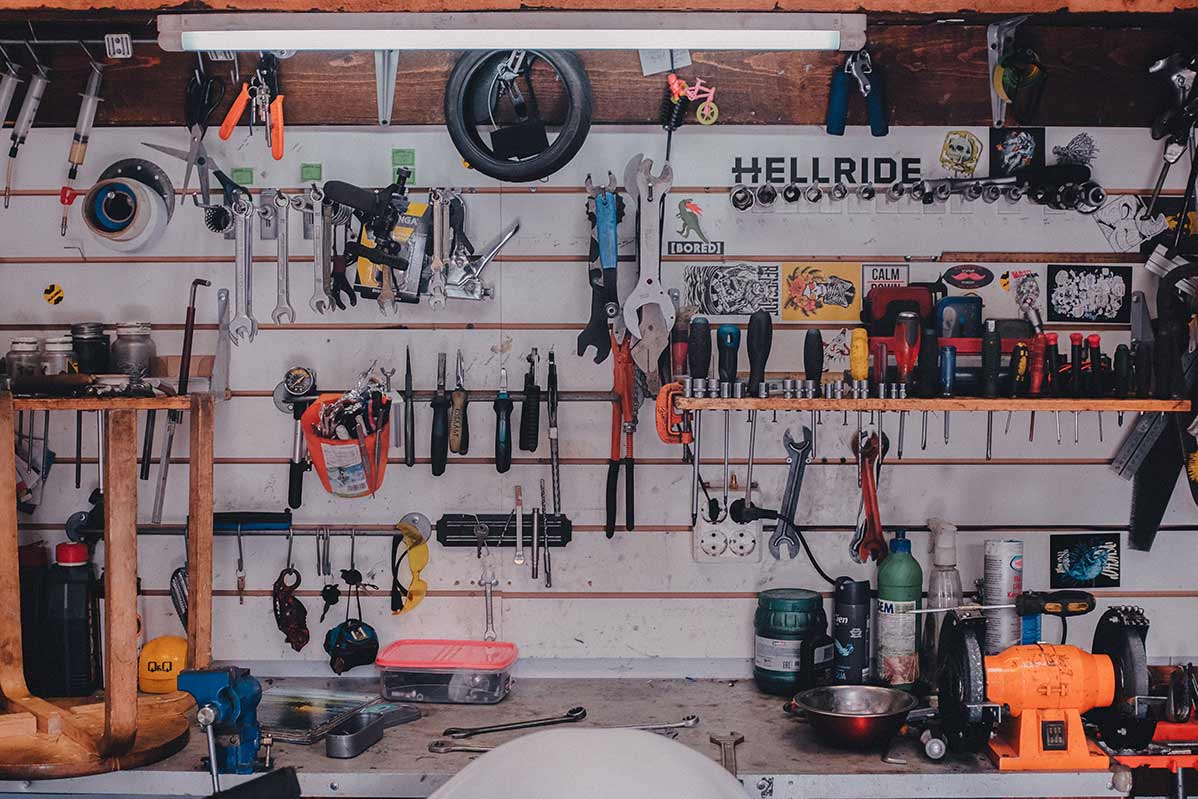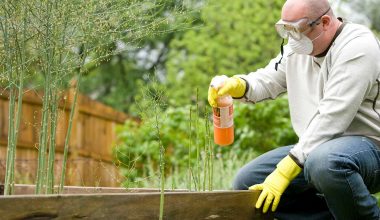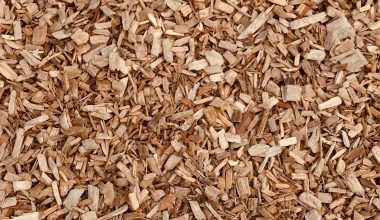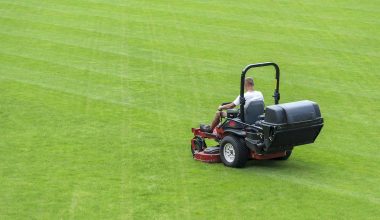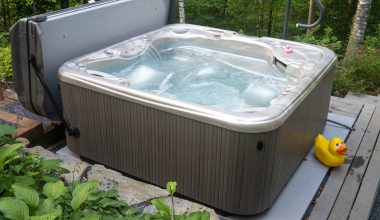Log splitters are seasonal tools – and spend most of the year stored before you pull them out in the fall. That can wreak havoc on the machine, which is typically used heavily and then put back into storage with little or no maintenance. No wonder they never start properly!
In this guide, we’ll go through a few simple things you can do to keep your log splitter in top condition.
Motor Maintenance
Most splitters run off a simple 4-cycle gas motor, which can be troublesome if it hasn’t been started recently. First off, check you oil level using the oil stick, and ensure the machine has adequate oil levels. Do a quick visual inspection too and check no oil leaks are visible around the motor.
Next up, you should remove the spark plug and give it a quick clean. You can do this by removing the spark lead, and then putting a socket over the plug itself. Unscrew it, and check the head is clean. Dirty spark plugs are a very common source of starting issues.
Take a look at the air filter, and make sure it is clean and free of debris. With so much sawdust flying around, it’s very easy for this to get clogged when the logger hasn’t been used in a while.
If it’s been a few years since you’ve used the machine, or it hasn’t been serviced, you might consider an oil change. If you’re not comfortable changing the oil yourself, then you can take it to a repair shop for them to do it for you.
What Type Hydraulic Fluid to use in Log Splitter
Log splitters do develop leaks occasionally, and you should check your hydraulic fluid levels and top them off as necessary. Most log splitters will take regular hydraulic fluid (ISO AW32), but you should check your manual in case your splitter has special requirements. Remember, Hydraulic fluid is very poisonous, and you should wear gloves when handling it. If you spill any on the machine, wipe it off with a cloth as it can cause corrosion. Always read the directions.
You should also check to see if there are any visible leaks, and give each of the hoses a wiggle to check for lose connections. If you spot one, you might be able to secure it with a cable clamp, otherwise you’ll need to find a replacement hose. In the latter situation, it might be necessary to take it to a repair shop.
Now you’ve topped off your hydraulic fluid, you’re good to go.
How to Sharpen Log Splitter Wedge
It’s important to remember that a log splitter wedge doesn’t need to be knife sharp, and making it too sharp can make it easy to cut your fingers. However, they can get blunted, and if that happens it’s helpful to give them a little sharpen.
There are two ways to do this – either using a grinder or a large flat metal file. Both approaches are similar, but you should be careful with the grinder as you can remove a lot of material quickly, and it will generate sparks.
You should aim to remove material along the top of the wedge, working one side first and then the other. Remove material until you have achieved a fine tip on the wedge. This is much harder on 4-way wedges where you’ll need to do each side of the 4 wedge faces individually.
Conclusion
Now your log splitter is ready to go! After you’ve completed your splitting for the year, we strongly recommend running the fuel tank of your splitter dry. This will help to remove residue from the engine, and make it start easily the following year. You should also aim to store your splitter out of the elements – ideally in a shed or barn. Happy splitting!
